How To Spot Fake U.S. Passports
Scammers have always made up fake passports, fake identification, and fake documents, but with a careful eye, you can always spot them for what they are!
The First Rule of Fake Passports
If someone sends you a photo of their passport it is 99% sure it is a fake passport and the person is a scammer. It is unlawful to duplicate a passport with most issuing countries. There are exceptions where it is necessary to prove an identity, but certainly not with someone you only met online! If they send you a photo it is a fake passport!
Here is a Real U.S. Passport for you to see how it should look:
Notice the following things:
- The photo has a portion that is transparent
- The USA logo/icon overlaps the photo and can see the photo background under it
- Note that the photo in this case would not be legal because it has to show an ear
- All the typed text is the same font and same size and aligns
- Typed text is a compressed sanserif font – black in color
- The signature name matches the typed name
- Everything in the passport is the same sharpness
How to Identify Fake Passports
A Gallery of Fake U.S. Passports – Can You Spot the Defects?
Always Check for Fake Passports
Remember
It can be difficult to spot fake passports from a photo, but there are that can help (see above.)
Here are some additional things to look for:
- Low-quality image. Fake passport images are often very small – low resolution to make it hard to see the details. This can make the photo look blurry or pixelated.
- Blurry or distorted text. The text on a genuine passport should be clear and easy to read. If the text is blurry or distorted, it could be a sign of a fake passport.
- Inconsistent colors. The colors on a genuine passport should be consistent throughout the document. If the colors look faded or inconsistent, it could be a sign of a fake passport.
- Missing or incorrect information. The passport should contain all of the necessary information, such as the bearer’s name, date of birth, and place of birth and they should match from section to section. If any of this information is missing or incorrect, it could be a sign of a fake passport.
- Security features. Genuine passports have a variety of security features, such as holograms, watermarks, and microprinting. If these features are missing or not clear, it could be a sign of a fake passport.
If you are suspicious that a passport may be fake, you should contact the issuing government or a passport expert to verify its authenticity.
Here are some additional tips for spotting fake passports from a photo:
- Compare the photo to a genuine passport. If you have access to a genuine passport, compare the two side-by-side.
- Look for inconsistencies in the photo. The photo should be consistent with the information in the passport. If there are any inconsistencies, it could be a sign of a fake passport.
- Use a magnifying glass. A magnifying glass can help you to see the security features on the passport more clearly.
- Trust your instincts. If you have any doubts about the authenticity of the passport, it is best to walk away.
It is important to remember that fake passports are becoming increasingly sophisticated, so it is not always easy to spot them. However, by being aware of the common signs of a fake passport and by following these tips, you can help to protect yourself from being scammed.
Additional Insights
SCARS Resources:
- Getting Started Right: ScamVictimsSupport.org
- Sextortion Scam Victims: Sextortion Victims Support – The Essentials (scamvictimssupport.org)
- For New Victims of Relationship Scams newvictim.AgainstScams.org
- Subscribe to SCARS Newsletter newsletter.againstscams.org
- Sign up for SCARS professional support & recovery groups, visit support.AgainstScams.org
- Join our Scam Survivors United Chat & Discussion Group facebook.com/groups/scam.survivors.united
- Find competent trauma counselors or therapists, visit counseling.AgainstScams.org
- Become a SCARS Member and get free counseling benefits, visit membership.AgainstScams.org
- Report each and every crime, learn how to at reporting.AgainstScams.org
- Learn more about Scams & Scammers at RomanceScamsNOW.com and ScamsNOW.com
- Scammer photos ScammerPhotos.com
- SCARS Videos youtube.AgainstScams.org
- Self-Help Books for Scam Victims are at shop.AgainstScams.org
- Donate to SCARS and help us help others at donate.AgainstScams.org
- Worldwide Crisis Hotlines: https://blog.opencounseling.com/suicide-hotlines/
Other Cyber Resources
- Block Scam Domains: Quad9.net
- Global Cyber Alliance ACT Cybersecurity Tool Website: Actionable Cybersecurity Tools (ACT) (globalcyberalliance.org) https://act.globalcyberalliance.org/index.php/Actionable_Cybersecurity_Tools_(ACT)_-_Simplified_Cybersecurity_Protection
- Wizer Cybersecurity Training – Free Security Awareness Training, Phishing Simulation and Gamification (wizer-training.com)
More:
- Next Generation U.S. Passport (state.gov)
- Military Impersonation Scams – Article Catalog (romancescamsnow.com)
- For New Scam Victims (romancescamsnow.com)
- ScammerPhotos.com Scammer & Fake ID Photos
- Depositing Fake Checks You Get From A Scammer Can Be A Crime (romancescamsnow.com)
- Why Do Victims Believe Fake Scammer Videos Are Real? (romancescamsnow.com)
-/ 30 /-
What do you think about this?
Please share your thoughts in a comment below!
To Learn More Also Look At Our Article Catalogs
Scam & Crime Types
More SCARS
- ScamsNOW Magazine – ScamsNOW.com
- ContraEstafas.org
- ScammerPhotos.com
- AnyScam.com – reporting
- AgainstScams.org – SCARS Corporate Website
- SCARS YouTube Video Channel
Do You Need Support?
Get It Now!
SCARS provides the leading Support & Recovery program for relationship scam victims – completely FREE!
Our managed peer support groups allow victims to talk to other survivors and recover in the most experienced environment possible, for as long as they need. Recovery takes as long as it takes – we put no limits on our support!
SCARS is the most trusted support & education provider in the world. Our team is certified in trauma-informed care, grief counseling, and so much more!
To apply to join our groups visit support.AgainstScams.org
We also offer separate support groups for family & friends too.
Become a
SCARS STAR™ Member
SCARS offers memberships in our STAR program, which includes many benefits for a very low annual membership fee!
SCARS STAR Membership benefits include:
- FREE Counseling or Therapy Benefit from our partner BetterHelp.com
- Exclusive members-only content & publications
- Discounts on SCARS Self-Help Books Save
- And more!


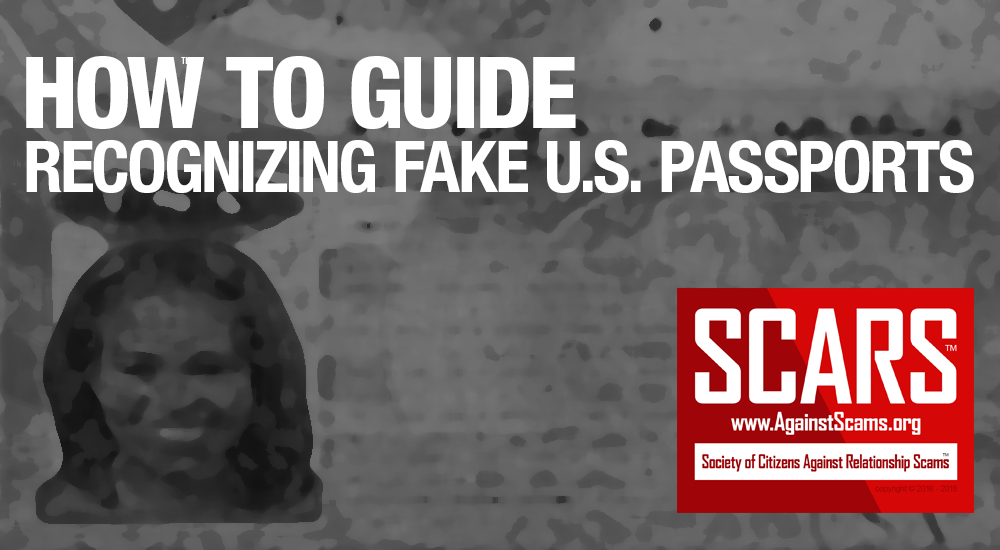

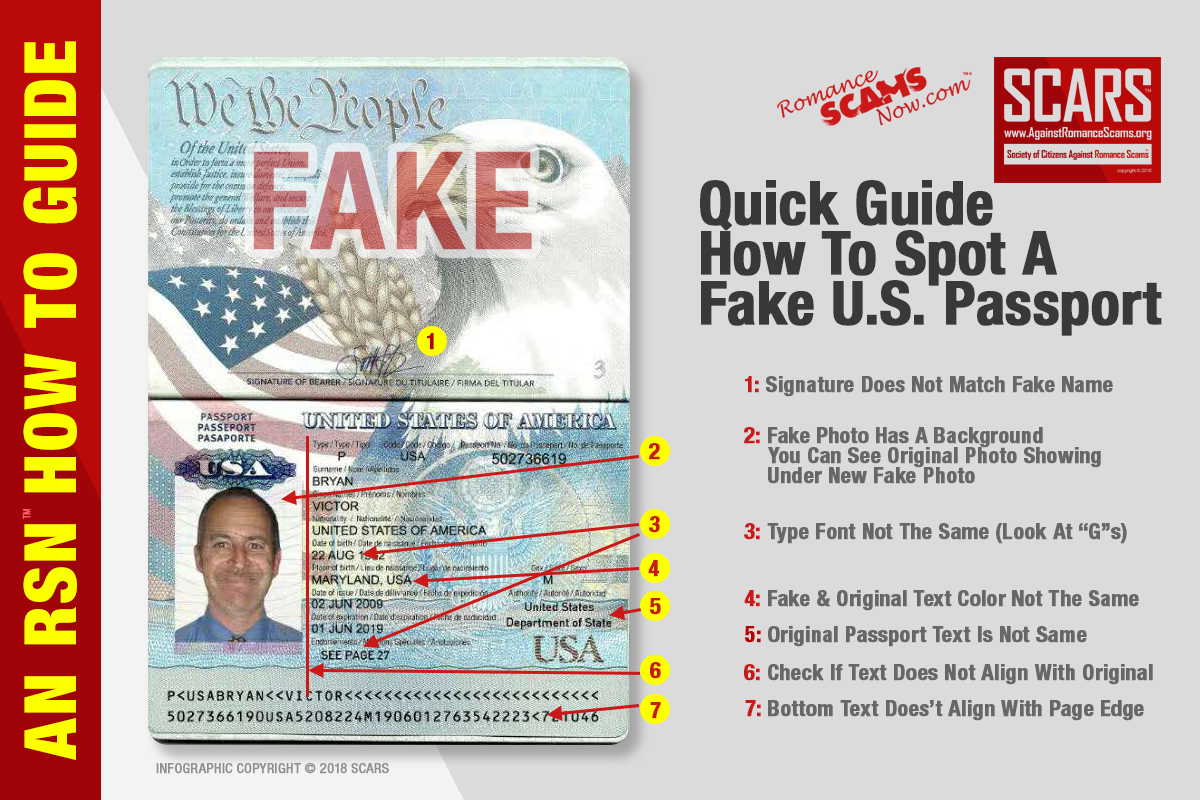
![Fake Passports - How To Spot Them [UPDATED] 1](https://romancescamsnow.com/wp-content/uploads/2018/10/16508093_1444608475551886_3655311319647098535_n-350x426.jpg)
![Fake Passports - How To Spot Them [UPDATED] 2](https://romancescamsnow.com/wp-content/uploads/2018/10/322962-350x490.jpg)
![Fake Passports - How To Spot Them [UPDATED] 3](https://romancescamsnow.com/wp-content/uploads/2018/10/17155674_1480023932010340_7613782334735606156_n-350x498.jpg)
![Fake Passports - How To Spot Them [UPDATED] 4](https://romancescamsnow.com/wp-content/uploads/2018/10/DatingScamPassport.jpg)
![Fake Passports - How To Spot Them [UPDATED] 5](https://romancescamsnow.com/wp-content/uploads/2018/10/13118921_1186360134710056_5270118279668461597_n-350x481.jpg)
![Fake Passports - How To Spot Them [UPDATED] 6](https://romancescamsnow.com/wp-content/uploads/2018/10/Larry_Kennedy_Martins_USA_210136218_passport_fake-350x505.jpg)
![Fake Passports - How To Spot Them [UPDATED] 7](https://romancescamsnow.com/wp-content/uploads/2018/10/16388210_1433198013359599_7878122864678146080_n-350x477.jpg)
![Fake Passports - How To Spot Them [UPDATED] 8](https://romancescamsnow.com/wp-content/uploads/2018/10/16265992_1432045046808229_7497742221949856763_n-350x487.jpg)
![Fake Passports - How To Spot Them [UPDATED] 9](https://romancescamsnow.com/wp-content/uploads/2018/10/11220142_1012043115475093_914958391351708346_n-350x498.jpg)
![Fake Passports - How To Spot Them [UPDATED] 10](https://romancescamsnow.com/wp-content/uploads/2018/10/16992206_1463531006992966_3022233127292056297_o-350x255.jpg)
![Fake Passports - How To Spot Them [UPDATED] 11](https://romancescamsnow.com/wp-content/uploads/2018/10/12987230_1181054761907260_3055180302773684404_n-350x462.jpg)
![Fake Passports - How To Spot Them [UPDATED] 12](https://romancescamsnow.com/wp-content/uploads/2018/10/10557447_835926119753461_6824407286734888791_n-350x466.jpg)
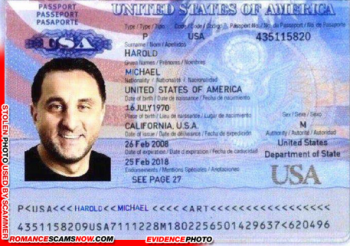
![Fake Passports - How To Spot Them [UPDATED] 13](https://romancescamsnow.com/wp-content/uploads/2018/10/16388150_1433211113358289_5332089174743099073_n-350x511.jpg)
![Fake Passports - How To Spot Them [UPDATED] 14](https://romancescamsnow.com/wp-content/uploads/2018/10/1653512_1012905755388829_2789995538907025639_n-350x472.jpg)
![Fake Passports - How To Spot Them [UPDATED] 15](https://romancescamsnow.com/wp-content/uploads/2018/10/images-2.jpg)
![Fake Passports - How To Spot Them [UPDATED] 16](https://romancescamsnow.com/wp-content/uploads/2018/10/10418241_818885424790864_587210493671090369_n-350x487.jpg)
![Fake Passports - How To Spot Them [UPDATED] 17](https://romancescamsnow.com/wp-content/uploads/2018/10/16508292_1442206632458737_463515160289761266_n-350x230.jpg)
![Fake Passports - How To Spot Them [UPDATED] 18](https://romancescamsnow.com/wp-content/uploads/2018/10/341718-350x485.jpg)
![Fake Passports - How To Spot Them [UPDATED] 19](https://romancescamsnow.com/wp-content/uploads/2018/10/528726_orig-350x480.jpg)
![Fake Passports - How To Spot Them [UPDATED] 20](https://romancescamsnow.com/wp-content/uploads/2018/10/American-Passport-350x462.jpg)
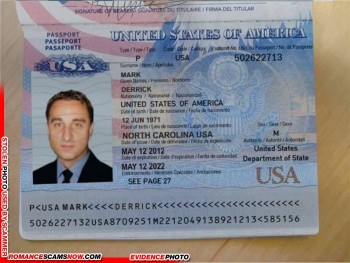
![Fake Passports - How To Spot Them [UPDATED] 21](https://romancescamsnow.com/wp-content/uploads/2018/10/335056.jpg)
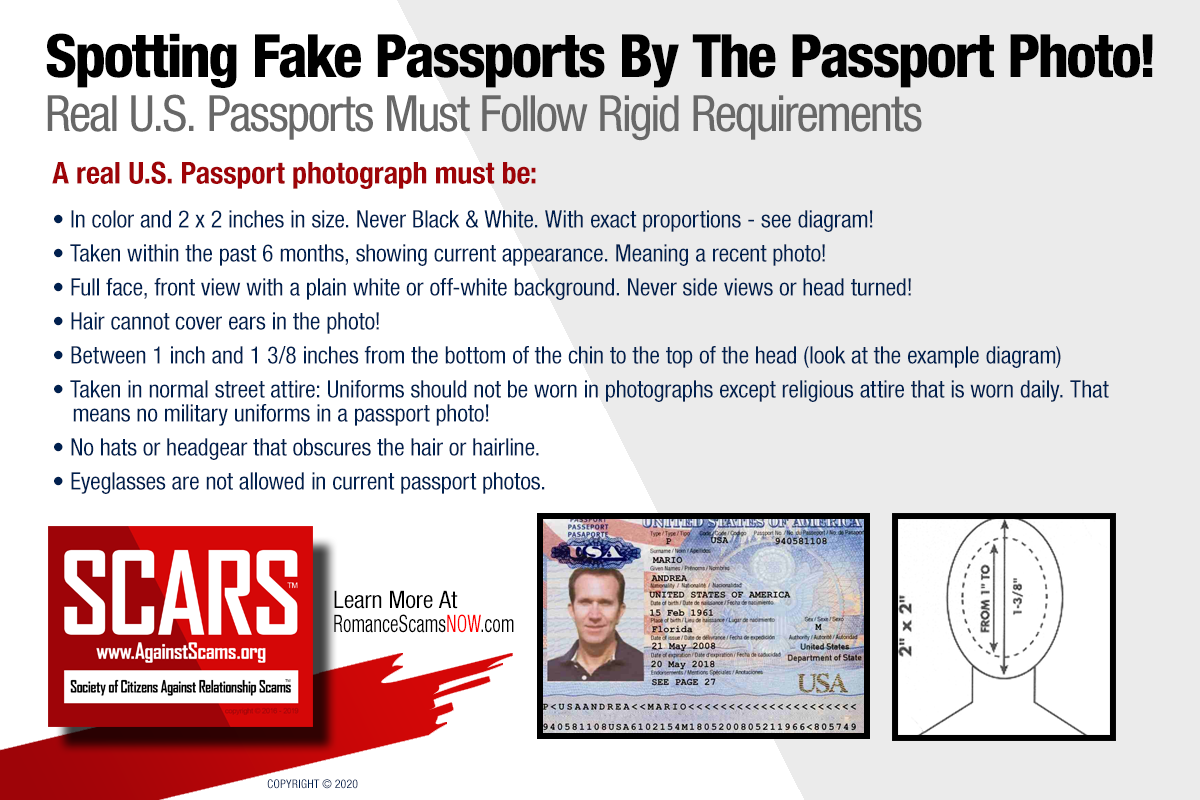
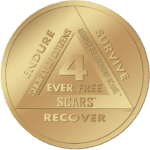
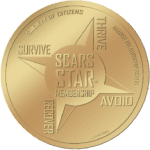


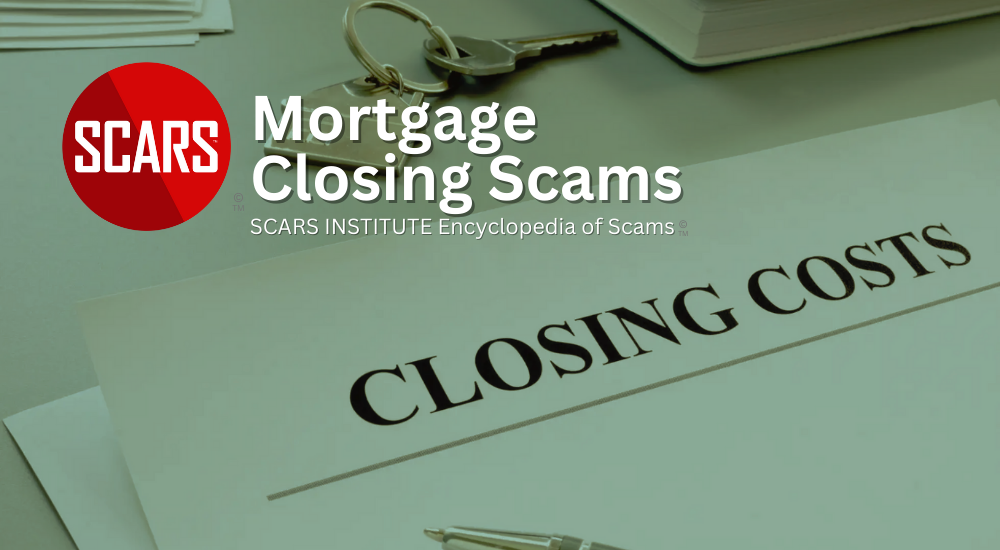



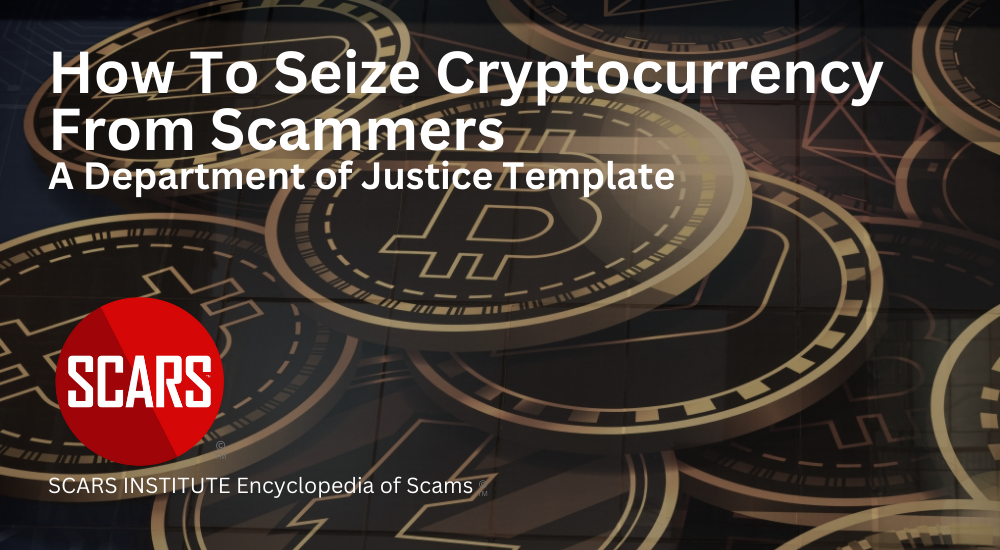

Leave A Comment